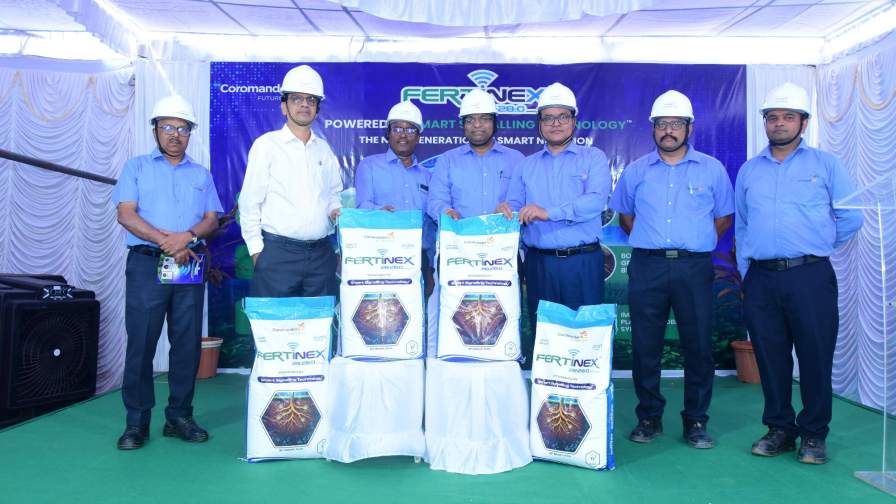Podcast Ag Tech Talk: Jim Beneke de Tria Americas analiza la inteligencia artificial adaptativa en la formulación
En este episodio de Ag Tech Talk de AgriBusiness Global, Jim Beneke, vicepresidente de Tria Américas, analiza cómo la inteligencia artificial adaptativa y la computación de borde están impulsando avances en la agricultura, particularmente a través de maquinaria autónoma y sistemas inteligentes que operan con conectividad limitada.
* Esta es una transcripción editada y parcial de este podcast.
ABG: La IA y la robótica están transformando muchos aspectos de la agricultura. ¿Qué oportunidades específicas ve para que los fabricantes de insumos agrícolas aprovechen la IA adaptativa y la robótica humanoide en el desarrollo, la aplicación o la entrega de productos?
Jim Beneke: La IA adaptativa tiene numerosas aplicaciones potenciales en la agricultura, desde el modelado y la simulación hasta el desarrollo de fórmulas y características únicas para cultivos. En Tria, nos centramos más en la IA y la computación de borde, donde se requiere procesamiento en tiempo real en entornos con conectividad limitada o nula.
Esto incluye robótica, maquinaria autónoma y herramientas de asistencia inteligente que gestionan sistemas en el campo. Si bien la robótica aún se encuentra en sus primeras etapas, prevemos un crecimiento significativo a medida que avanzan las capacidades de IA. Con el tiempo, la integración de dispositivos inteligentes en plataformas más grandes acelerará aún más su adopción y amplificará los beneficios de la IA en la agricultura.
ABG: ¿Cuáles son algunas de las mayores barreras para la integración de IA y robótica en equipos y vehículos agrícolas, en particular cuando se trata de aplicar productos fitosanitarios a gran escala y bajo escrutinio regulatorio?
J.B.: La IA ofrece enormes beneficios y es muy prometedora para la agricultura, pero aún es una tecnología en evolución con varios desafíos clave. En Tria, ayudamos a los fabricantes de equipos originales (OEM) a desarrollar estas máquinas y robóticas avanzadas, ofreciéndoles experiencia en diseño de sistemas integrados, integración y habilitación de software.
Una barrera importante es el costo: estos sistemas suelen requerir una inversión inicial mucho mayor debido a sus capacidades avanzadas. También se necesita infraestructura de soporte, especialmente en cuanto a conectividad, para garantizar la recopilación y comunicación fiables de datos.
Desde la perspectiva de la IA, la precisión y la fiabilidad son fundamentales. La eficacia de los modelos de IA depende de los datos utilizados para entrenarlos, por lo que desarrollar conjuntos de datos de alta calidad y entrenarlos requiere tiempo y experiencia considerables. Además, estos sistemas dependen en gran medida de sensores, que deben funcionar de forma constante en condiciones ambientales variables, algo que puede ser difícil de garantizar en el campo.






